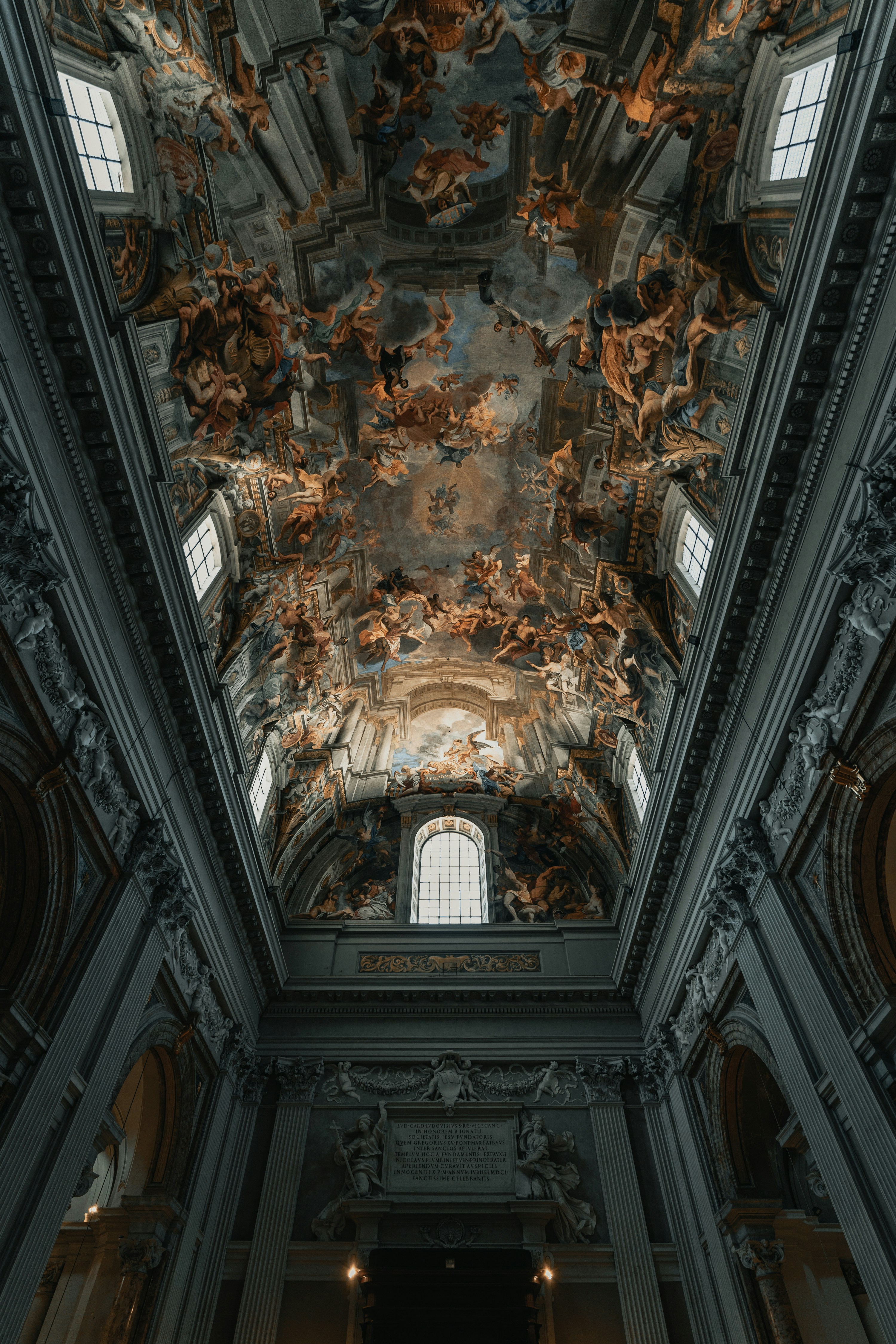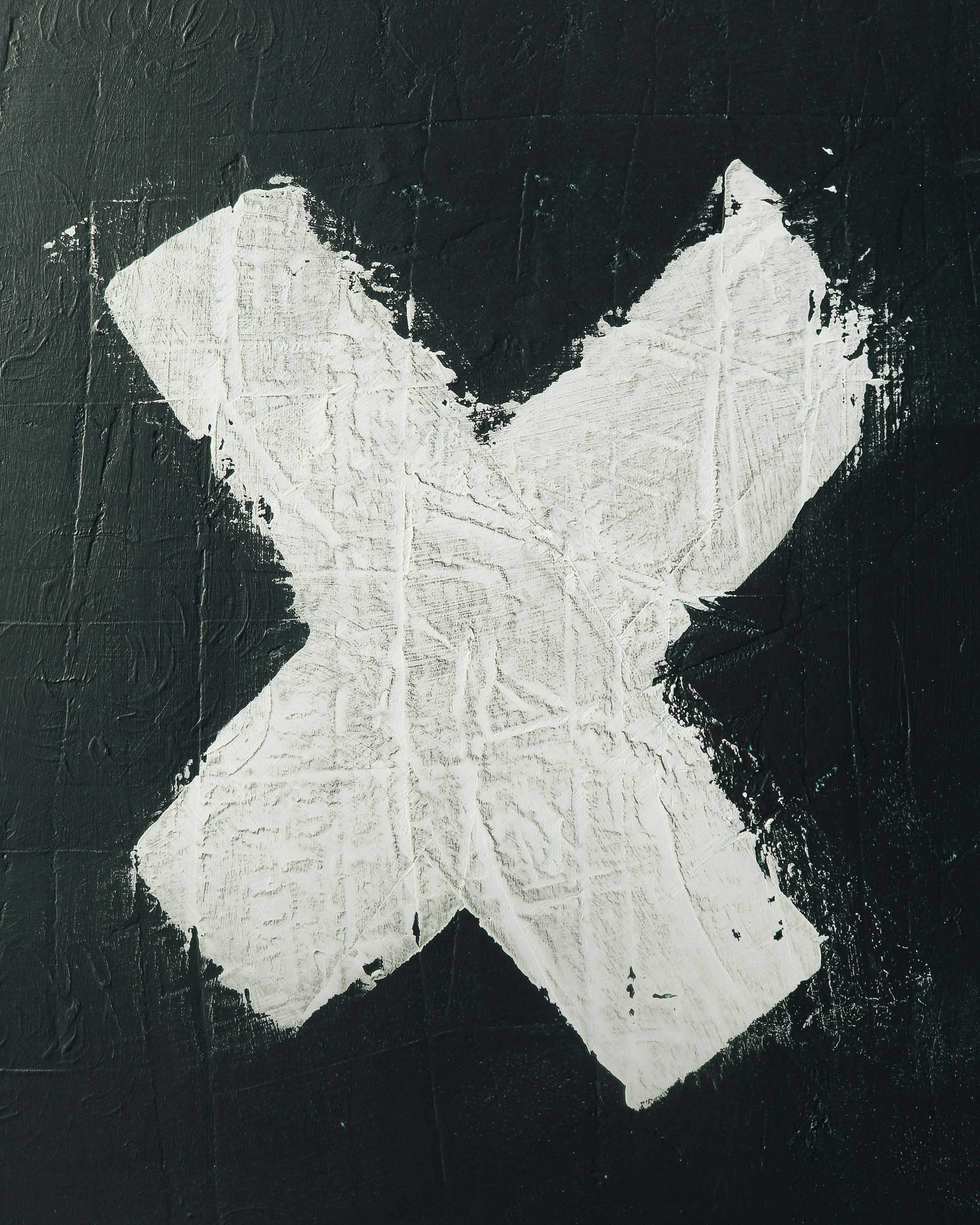The Ultimate Guide to Paint Brushes: Types and Specialized Uses
February 23, 2025 | by robert@mybrushlife.com
 Photo by Clay Banks on Unsplash
Photo by Clay Banks on Unsplash Understanding Different Types of Paint Brushes
When exploring the realm of painting, understanding the various types of paint brushes is essential for achieving desired results. Paint brushes are categorized by their shape, size, and material, each class serving unique functions across different painting styles and mediums. The primary shapes include flat, round, filbert, angle, and detail brushes, with each designed to facilitate specific techniques.
Flat brushes, characterized by their rectangular shape and stiff bristles, are perfect for creating bold strokes and filling large areas with paint. They are commonly used in acrylic and oil painting for smoothing out color and making sharp edges. On the other hand, round brushes, with their tapered tip and belly, excel at both delicate details and broader strokes, making them versatile tools for watercolor and oil artists alike.
Filbert brushes combine the features of flat and round brushes, making them ideal for blending and creating softened edges. Their oval shape allows artists to produce a variety of strokes, suitable for both fine detailing and broader strokes, especially in oil and acrylic applications. Angle brushes, with their sloped bristles, are used for precise lines and edges, making them invaluable for corner work and detailed designs.
Detail brushes, which typically have very fine bristles, are essential for intricate work, such as painting fine hair, eyelashes, or tiny embellishments. They are particularly favored in watercolor and miniature painting. In addition to the variety of shapes, the material of the bristles—whether synthetic or natural—also plays a critical role in a brush’s performance. Synthetic brushes are durable and tend to hold their shape well, while natural bristle brushes offer excellent paint-holding capacities and a unique textural quality.
By familiarizing oneself with these different types of paint brushes and their unique characteristics, artists can select the appropriate tools tailored to their specific painting style and medium, ultimately enhancing their creative expression.
Specialized Uses of Paint Brushes in Different Art Forms
The selection of the right paint brush is crucial in achieving desired effects in various artistic practices. Different genres of painting and artistic techniques often necessitate specific types of brushes designed to accommodate unique requirements. For instance, traditional painting mediums such as oil and acrylic often require brushes with stiff bristles for bold strokes, and softer bristles for delicate blending and layering. A flat brush might be favored for larger surface areas, while round brushes are essential for fine detailing and precision work.
In the realm of fine art, artists often utilize specialized brushes like filbert brushes, which combine the characteristics of flat and round brushes. These are particularly useful for creating soft edges and blending colors seamlessly. Additionally, fan brushes can be employed for texture applications, providing artists with the ability to replicate intricate patterns found in nature or add unique textures to their artwork.
Body painting, a distinctive form of artistic expression, requires specialty brushes that cater to the sensitive nature of skin. Makeup brushes, typically made from soft materials, are ideal for this as they allow for smooth application of body paints without causing irritation. Techniques in body painting demand brushes that excel at blending and detailing due to the need for lifelike representations and intricate designs directly on the skin.
Crafting also showcases a variety of brushes suited for specific effects. For example, sponge brushes are frequently used for applying backgrounds or textures in mixed media projects. Clearly, the choice of paint brushes directly influences the outcome of the work, emphasizing the importance of understanding how different brushes cater to specialized artistic needs.
Throughout various artistic practices, the right tools can significantly enhance artistry, showcasing how brush selection complements technique to elevate the final piece. Renowned artists often emphasize their personal brush preferences, underscoring the critical role of these tools in achieving impactful artistic expression.
RELATED POSTS
View all

